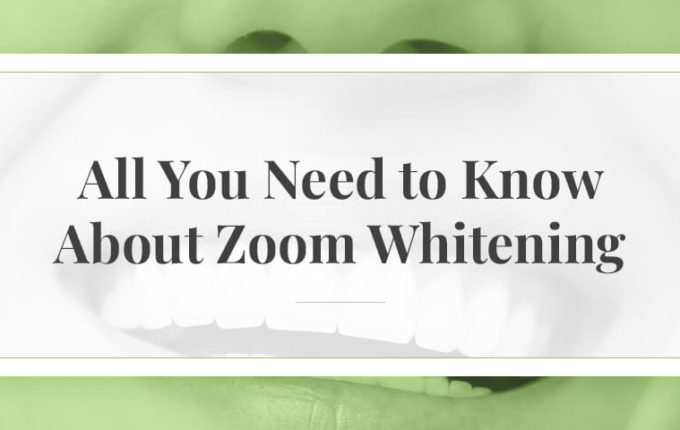What are the Best Braces for You?

What to Consider Before Getting Braces
When it comes to dental health, braces are a topic that makes people react very strongly. Perhaps it’s because they remember what braces used to look like when they were young children. It’s true that braces used to look much more obtrusive in decades past, but these days there are many more options available to people regardless of life circumstances. While it’s true that when you think of braces you think of your early teen years, the reality is more and more adults are opting to get braces every year. In 2012, 1.2 million adults in America alone opted to receive some variation of braces. That’s because as we age, we face more difficulty in making major corrections to our mouths. Braces put on for varying periods of time can gradually make the corrections we need for better oral health instead of resorting to more invasive procedures.
If you’ve been considering braces you’re probably wondering what different types are available to you. Let’s take a look at some of the more widely used types of braces and you’ll be able to get a better idea of what you might opt for. Of course, you’re going to want to consult with your dentist first in order to ensure these braces will work for you.
Traditional braces
When you hear the word “braces,” these are the ones that probably come to mind. They are the classic, silver-looking wires that get affixed across your teeth and the ones usually found on children. These are still the most popular and widely used option, though thankfully they have been lightened with time. Gone are the days of heavy head gear. These stainless steel wires and metal brackets put pressure on your teeth so that they gradually correct the positioning of your teeth with time. Keep in mind that you may be fitted with ligatures (the tiny elastics in the back of your mouth) that will be replaced periodically by your orthodontist.
Invisalign Braces
If any kind of braces have changed the perception of adults wearing braces, it has to be Invisalign. Technically, they are generically known as a clear aligner. But much like with Xerox and copy machines, the brand name Invisalign has become synonymous with these “invisible braces.” They are made of transparent plastic, molded in a custom shape just for your mouth. You can take them out when you eat and for when you want to clean them. Every couple of weeks, you’ll get a new set which will continue the gradual adjustment process. Your orthodontist may opt for these over traditional braces and may even recommend them after completing your time with traditional braces in order to keep your teeth aligned for the coming years.
Palatal Expander Braces
Palatal expanders are used primarily for treating people with overcrowding of the teeth. They have become the chosen method of many orthodontists over tooth extraction. They may be used in conjunction with other braces and are often used as the initial step before transitioning to them. They fit against the back of your upper molars and move your teeth farther apart. The pressure expands your palette, allowing for the next stage of treatment.
Damon braces
When first seeing Damon braces, you may think they look just like traditional ones. You would be right because visually they look very similar. The mechanism that makes them work, however, is what sets them apart from the braces we all know. Instead of using the rubber rings that are part of traditional braces, Damon braces are self-ligating. They naturally adjust with the movement of your mouth. This allows for a reduction in discomfort causing pressure and may lead to a faster treatment time. They also require fewer dental visits and less frequent cleaning which could end up saving you money over the course of your treatment.
Ceramic Braces
Ceramic braces are also visually similar to traditional braces but with one catch: you see less of them. They look and act the same as traditional braces do, down to the elastics. However, the brackets are constructed from a clear and transparent ceramic material. The elastic bands are also transparent. While this makes your braces subtler in appearance, they do require a bit more upkeep. Because they’re clear, they can also more easily become discolored.
Braces In New York City
Now you have a better understanding of all the options that are out there. Depending on the severity of your condition and your overall oral health, your dentist will work with you to come up with the best solution for your needs. Whether you were treated as a teen or if this would be your first time having them, braces may be the perfect solution for you. Set up a dental health consultation today by calling 212-355-2290 and take the first step in really loving your smile.
 Our History
Our History
 Our Providers
Our Providers
 About Us
About Us
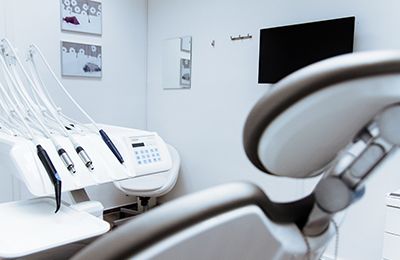 Blog
Blog
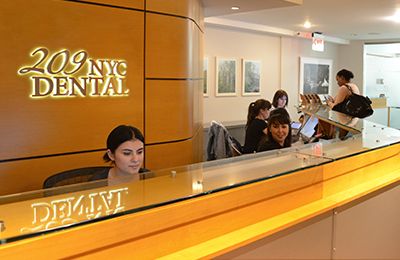 Contact us
Contact us
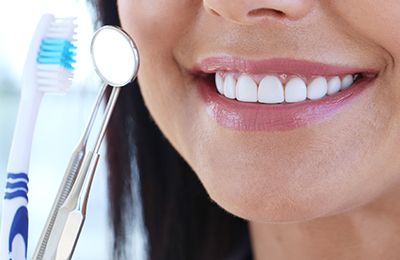 Diagnostic & Preventive
Diagnostic & Preventive
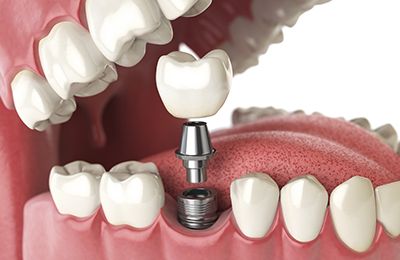 Implant Dentistry
Implant Dentistry
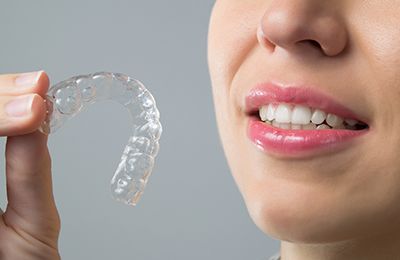 Clear Braces - Invisalign
Clear Braces - Invisalign
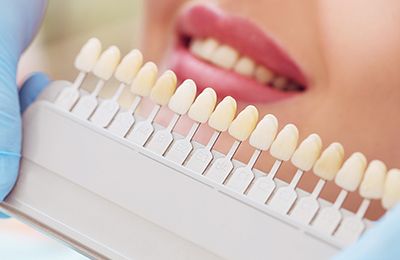 Cosmetic Dentistry
Cosmetic Dentistry
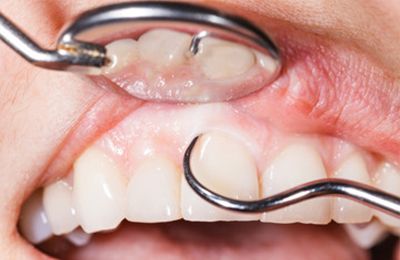 Periodontics
Periodontics
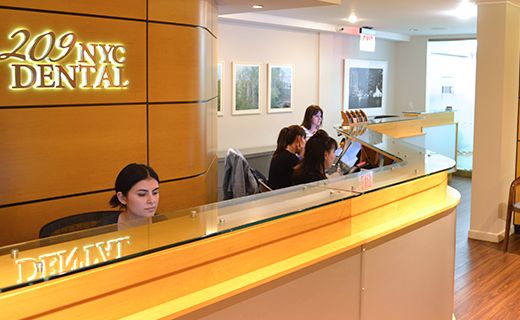 Patient Forms
Patient Forms
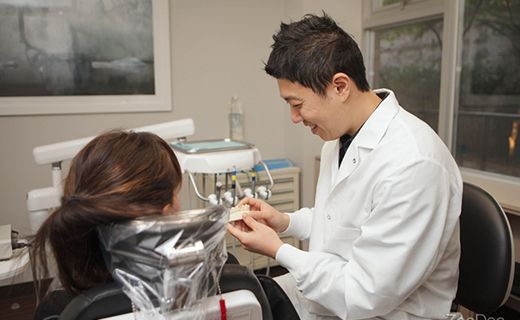 Payment Information
Payment Information
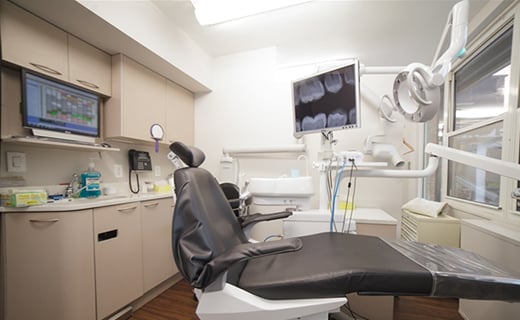 Insurance Options
Insurance Options
 CareCredit Dental
CareCredit Dental
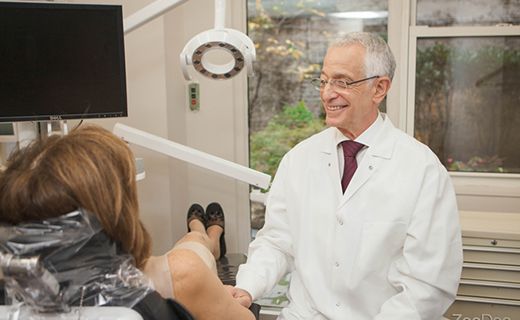 Appointment Policy
Appointment Policy
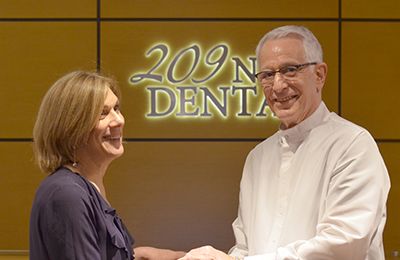 Free Consultation
Free Consultation
 Complimentary Teeth Whitening
Complimentary Teeth Whitening
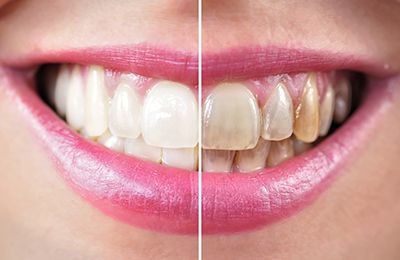 Teeth Whitening
Teeth Whitening

